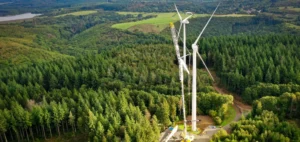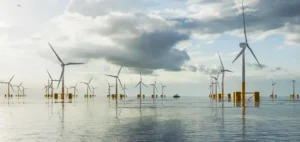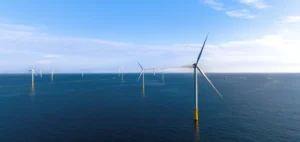In the Celtic Sea, Equinor announces its interest in developing floating offshore wind for the next lease cycle.
A new opportunity
In the Celtic Sea, as the next seabed leasing cycle approaches, Equinor wishes to position itself. In fact, the Crown Estate is planning a new lease cycle in 2023. The company is interested in developing gigawatt-scale floating offshore wind in this area.
The Celtic Sea Seabed Leasing Cycle is a process to facilitate the development of floating offshore wind in the UK. It also aims to encourage investment in the UK supply chain. This rental cycle focuses on the creation of environmental and social value.
It also values respect for the marine environment and engagement with local communities. Equinor must now refine its site selection in the Celtic Sea through aerial surveys. The company also wants to make the region a competitive center for offshore wind energy.
An experienced company
Equinor is an experienced player, as Catherine Maloney, Equinor’s head of business development, points out. She mentions that Equinor was installing the world’s first floating wind turbine. In addition, the company also has the world’s first floating offshore wind farm.
Equinor already operates the Hywind Scotland floating wind farm. With a capacity of 30MW, it achieves a capacity factor of 54%, the best in the UK over its lifetime. In addition, Equinor is currently building the world’s largest offshore wind farm.
This is the 88MW Hywind Tampen project in Norway. The company expects it to be completed in 2023. In addition, the company is participating in RenewableUK Cymru’s Future Energy Wales event in Newport, Wales.






















